[{“available”:true,”c_guid”:”55350232-d732-47df-a22d-0293cecd1365″,”c_author”:”hvg.hu”,”category”:”360″,”description”:”„Magyar Pétert nem kell szeretni, sőt, bízni sem benne. Sem jellemében, sem otthonról hozott értékrendjében, de még tehetségében sem kell bízni. Bár valamit csak tud, ha 14 év óta egyedül ő tudott ennyi embert megmozgatni és pár hét alatt felépíteni egy eddig ismeretlen pártot 25%-os támogatottság fölé” – írja szerzőnk, aki szerint őt és Magyar Pétert még mindig kevesebb választja el egymástól, mint mindkettőjüket Orbántól. Vélemény.”,”shortLead”:”„Magyar Pétert nem kell szeretni, sőt, bízni sem benne. Sem jellemében, sem otthonról hozott értékrendjében, de még…”,”id”:”20240507_bojar-gabor-magyar-peter”,”image”:”https://img.hvg.hu/Img/ffdb5e3a-e632-4abc-b367-3d9b3bb5573b/55350232-d732-47df-a22d-0293cecd1365.jpg”,”index”:0,”item”:”79b610dc-496d-4d95-8f18-5ff83104b70f”,”keywords”:null,”link”:”/360/20240507_bojar-gabor-magyar-peter”,”timestamp”:”2024. május. 07. 15:11″,”title”:”Bojár Gábor: Magyar Pétert nem kell szeretni, elég drukkolni neki”,”trackingCode”:”RELATED”,”c_isbrandchannel”:false,”c_isbrandcontent”:false,”c_isbrandstory”:false,”c_isbrandcontentorbrandstory”:false,”c_isbranded”:false,”c_ishvg360article”:true,”c_partnername”:null,”c_partnerlogo”:”00000000-0000-0000-0000-000000000000″,”c_partnertag”:null},{“available”:true,”c_guid”:”6522de86-d40d-4cd8-adec-07e256dea858″,”c_author”:”hvg.hu”,”category”:”360″,”description”:”Milyen víziójuk van Budapestről? Hogyan kell érdemben gondolkodni a fővárosról?Mi a fontosabb, házakat építeni vagy összefűzni a közösségi tereket? Hogyan kell szervezni a közlekedést, és miért olyan nehéz meggyőzni a változtatások szükségességéről a város lakóit? <strong>Ezúttal erről volt szó a HVG Címlapsztori-szalonjában, ahol a szerkesztők kéthetenként az Eötvös 10. színpadán beszélgetnek vendégeikkel.</strong>”,”shortLead”:”Milyen víziójuk van Budapestről? Hogyan kell érdemben gondolkodni a fővárosról?Mi a fontosabb, házakat építeni vagy…”,”id”:”20240507_vitezy-david-zoboki-gabor-hvg-cimlapsztori-szalon”,”image”:”https://img.hvg.hu/Img/ffdb5e3a-e632-4abc-b367-3d9b3bb5573b/6522de86-d40d-4cd8-adec-07e256dea858.jpg”,”index”:0,”item”:”04c05047-5653-4312-8126-6a54be9692b2″,”keywords”:null,”link”:”/360/20240507_vitezy-david-zoboki-gabor-hvg-cimlapsztori-szalon”,”timestamp”:”2024. május. 07. 17:30″,”title”:”Mit nem rontottunk még el Budapesten? – Vitézy Dávid és Zoboki Gábor a HVG Címlapsztori-szalonjában”,”trackingCode”:”RELATED”,”c_isbrandchannel”:false,”c_isbrandcontent”:false,”c_isbrandstory”:false,”c_isbrandcontentorbrandstory”:false,”c_isbranded”:false,”c_ishvg360article”:true,”c_partnername”:null,”c_partnerlogo”:”00000000-0000-0000-0000-000000000000″,”c_partnertag”:null},{“available”:true,”c_guid”:”f004d8a0-51a7-46b6-acb8-ec4f18737621″,”c_author”:”hvg.hu”,”category”:”elet”,”description”:”A Ferencváros idén nyerte meg 35. bajnoki címét, az aranyérmeket az Újpest elleni meccs után kapják meg a játékosok.”,”shortLead”:”A Ferencváros idén nyerte meg 35. bajnoki címét, az aranyérmeket az Újpest elleni meccs után kapják meg a játékosok.”,”id”:”20240508_ferencvaros-ujpest-derbi-szurkolok-kubatov”,”image”:”https://img.hvg.hu/Img/ffdb5e3a-e632-4abc-b367-3d9b3bb5573b/f004d8a0-51a7-46b6-acb8-ec4f18737621.jpg”,”index”:0,”item”:”58270cbf-9cc9-49ba-a8f0-9a8f9d1a838a”,”keywords”:null,”link”:”/elet/20240508_ferencvaros-ujpest-derbi-szurkolok-kubatov”,”timestamp”:”2024. május. 08. 11:16″,”title”:”„Nem veszünk részt Kubatov bohócbuliján” – bojkottálják a szezon utolsó derbijét az Újpest szurkolói”,”trackingCode”:”RELATED”,”c_isbrandchannel”:false,”c_isbrandcontent”:false,”c_isbrandstory”:false,”c_isbrandcontentorbrandstory”:false,”c_isbranded”:false,”c_ishvg360article”:false,”c_partnername”:null,”c_partnerlogo”:”00000000-0000-0000-0000-000000000000″,”c_partnertag”:null},{“available”:true,”c_guid”:”0bba5495-016f-4394-b7fa-74c694f88492″,”c_author”:”Lengyel Tibor”,”category”:”itthon”,”description”:”Gógánfától Dorogig, Szomolyától Hernádszentandrásig és Budapesttől Gyálig mindenki választhat magának egy-egy Magyar Pétert a választáson.”,”shortLead”:”Gógánfától Dorogig, Szomolyától Hernádszentandrásig és Budapesttől Gyálig mindenki választhat magának egy-egy Magyar…”,”id”:”20240508_terkepre-tettuk-a-magyar-petereket-heten-is-indulnak-a-valasztason”,”image”:”https://img.hvg.hu/Img/ffdb5e3a-e632-4abc-b367-3d9b3bb5573b/0bba5495-016f-4394-b7fa-74c694f88492.jpg”,”index”:0,”item”:”4d5c5047-2ff4-4f56-a86a-1eb8b4e43c39″,”keywords”:null,”link”:”/itthon/20240508_terkepre-tettuk-a-magyar-petereket-heten-is-indulnak-a-valasztason”,”timestamp”:”2024. május. 08. 05:05″,”title”:”Térképre tettük a Magyar Pétereket – heten is indulnak a választáson”,”trackingCode”:”RELATED”,”c_isbrandchannel”:false,”c_isbrandcontent”:false,”c_isbrandstory”:false,”c_isbrandcontentorbrandstory”:false,”c_isbranded”:false,”c_ishvg360article”:false,”c_partnername”:null,”c_partnerlogo”:”00000000-0000-0000-0000-000000000000″,”c_partnertag”:null},{“available”:true,”c_guid”:”a27ee0e8-83ba-4e42-971d-fa2de022fe2c”,”c_author”:”hvg.hu”,”category”:”itthon”,”description”:”Dobrev Klára szerint hazugság, hogy a DK a kék Fidesz.”,”shortLead”:”Dobrev Klára szerint hazugság, hogy a DK a kék Fidesz.”,”id”:”20240508_karacsony-gergely-szerint-az-ellenzek-es-a-tisza-part-osszefogasanak-hosszu-tavon-nincs-alternativaja”,”image”:”https://img.hvg.hu/Img/ffdb5e3a-e632-4abc-b367-3d9b3bb5573b/a27ee0e8-83ba-4e42-971d-fa2de022fe2c.jpg”,”index”:0,”item”:”c3755c80-c32e-4a9f-8dfb-89cd0fd38225″,”keywords”:null,”link”:”/itthon/20240508_karacsony-gergely-szerint-az-ellenzek-es-a-tisza-part-osszefogasanak-hosszu-tavon-nincs-alternativaja”,”timestamp”:”2024. május. 08. 19:30″,”title”:”Karácsony Gergely szerint az ellenzék és a Tisza Párt összefogásának „hosszú távon nincs alternatívája””,”trackingCode”:”RELATED”,”c_isbrandchannel”:false,”c_isbrandcontent”:false,”c_isbrandstory”:false,”c_isbrandcontentorbrandstory”:false,”c_isbranded”:false,”c_ishvg360article”:false,”c_partnername”:null,”c_partnerlogo”:”00000000-0000-0000-0000-000000000000″,”c_partnertag”:null},{“available”:true,”c_guid”:”a5a51975-3e24-416b-888d-dfce1784797e”,”c_author”:”hvg.hu”,”category”:”kkv”,”description”:”Rend van az üzemanyag-kereskedelemben, ezért most nem avatkozik be a kormány durvább eszközökkel, de ezután is kéthetente megnézik, hogy a szomszédos országok átlaga alatt van-e a magyar ár – jelentette be a nemzetgazdasági miniszter.”,”shortLead”:”Rend van az üzemanyag-kereskedelemben, ezért most nem avatkozik be a kormány durvább eszközökkel, de ezután is…”,”id”:”20240508_nagy-marton-a-kormanyzati-beavatkozas-sikeres-volt-rend-van-de-ez-utan-is-kethetente-megnezik-olcso-e-a-benzin”,”image”:”https://img.hvg.hu/Img/ffdb5e3a-e632-4abc-b367-3d9b3bb5573b/a5a51975-3e24-416b-888d-dfce1784797e.jpg”,”index”:0,”item”:”0e0880ca-1dfd-40cb-a3d2-2b3e55a189a9″,”keywords”:null,”link”:”/kkv/20240508_nagy-marton-a-kormanyzati-beavatkozas-sikeres-volt-rend-van-de-ez-utan-is-kethetente-megnezik-olcso-e-a-benzin”,”timestamp”:”2024. május. 08. 15:11″,”title”:”Nagy Márton: A kormányzati beavatkozás sikeres volt, rend van, de ezután is kéthetente megnézik, olcsó-e a benzin”,”trackingCode”:”RELATED”,”c_isbrandchannel”:false,”c_isbrandcontent”:false,”c_isbrandstory”:false,”c_isbrandcontentorbrandstory”:false,”c_isbranded”:false,”c_ishvg360article”:false,”c_partnername”:null,”c_partnerlogo”:”00000000-0000-0000-0000-000000000000″,”c_partnertag”:null},{“available”:true,”c_guid”:”81e2e7f1-c86d-4aad-8948-0b135bfbe723″,”c_author”:”hvg.hu”,”category”:”gazdasag”,”description”:”Elnézte a számot Gulyás Gergely Miniszterelnökséget vezető miniszter szerint az, aki a konvergenciaprogramban azt írta, hogy az ukrajnai béke 0,3 százalékponttal emelné a GDP-növekedést.”,”shortLead”:”Elnézte a számot Gulyás Gergely Miniszterelnökséget vezető miniszter szerint az, aki a konvergenciaprogramban azt írta…”,”id”:”20240509_gdp-novekedes-haboru-beke-konvergenciaprogram-gulyas-gergely-kormanyszovivoi”,”image”:”https://img.hvg.hu/Img/ffdb5e3a-e632-4abc-b367-3d9b3bb5573b/81e2e7f1-c86d-4aad-8948-0b135bfbe723.jpg”,”index”:0,”item”:”27d0da99-7a19-4933-be19-09148b5cb84b”,”keywords”:null,”link”:”/gazdasag/20240509_gdp-novekedes-haboru-beke-konvergenciaprogram-gulyas-gergely-kormanyszovivoi”,”timestamp”:”2024. május. 09. 12:34″,”title”:”Gulyás a hvg.hu kérdésére: „Szakmailag tarthatatlan” dolgot írt a kormány a Brüsszelbe elküldött konvergenciaprogramjában “,”trackingCode”:”RELATED”,”c_isbrandchannel”:false,”c_isbrandcontent”:false,”c_isbrandstory”:false,”c_isbrandcontentorbrandstory”:false,”c_isbranded”:false,”c_ishvg360article”:false,”c_partnername”:null,”c_partnerlogo”:”00000000-0000-0000-0000-000000000000″,”c_partnertag”:null},{“available”:true,”c_guid”:”b64d9278-dc5a-4ae4-a06a-385f8273853f”,”c_author”:”hvg.hu”,”category”:”gazdasag”,”description”:”Szerdán Magyarországra érkezik Hszi Csin-ping kínai elnök, de az újabb bejelentések már megérkeztek.”,”shortLead”:”Szerdán Magyarországra érkezik Hszi Csin-ping kínai elnök, de az újabb bejelentések már megérkeztek.”,”id”:”20240508_ujabb-kinai-latogatast-erinto-bejelentes-erkezett”,”image”:”https://img.hvg.hu/Img/ffdb5e3a-e632-4abc-b367-3d9b3bb5573b/b64d9278-dc5a-4ae4-a06a-385f8273853f.jpg”,”index”:0,”item”:”05f8adb5-a964-4d5b-9a7d-d4d8810ebcc9″,”keywords”:null,”link”:”/gazdasag/20240508_ujabb-kinai-latogatast-erinto-bejelentes-erkezett”,”timestamp”:”2024. május. 08. 12:04″,”title”:”A magyarok tovább utazhatnak vízummentesen Kínába, de mi is könnyítünk”,”trackingCode”:”RELATED”,”c_isbrandchannel”:false,”c_isbrandcontent”:false,”c_isbrandstory”:false,”c_isbrandcontentorbrandstory”:false,”c_isbranded”:false,”c_ishvg360article”:false,”c_partnername”:null,”c_partnerlogo”:”00000000-0000-0000-0000-000000000000″,”c_partnertag”:null}]
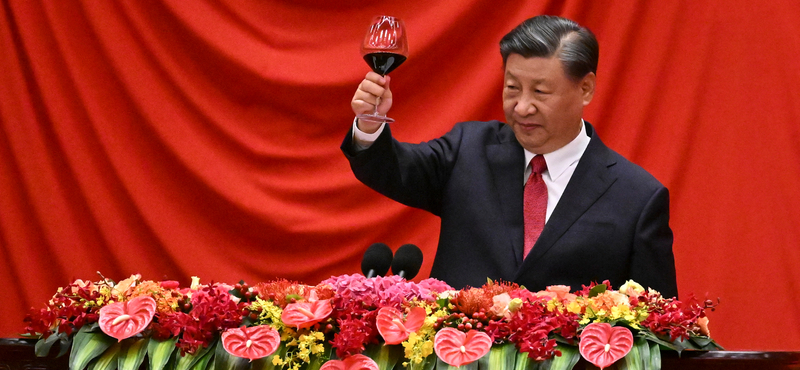
We recommend it from the first page

Orbán pulls 500 euros out of his pocket. Dinner where the powerful steal the country. Information from the Prime Minister's immediate environment. A resplendent carriage in the castle.

To date, 103.9% of the original deficit target for the full year has been reached.
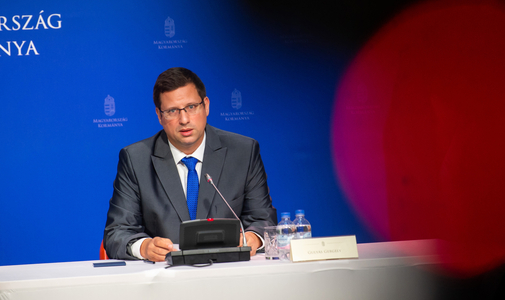
Laszlo Ji has joined the Strategic Advisory Board of President Mi Hazanek.


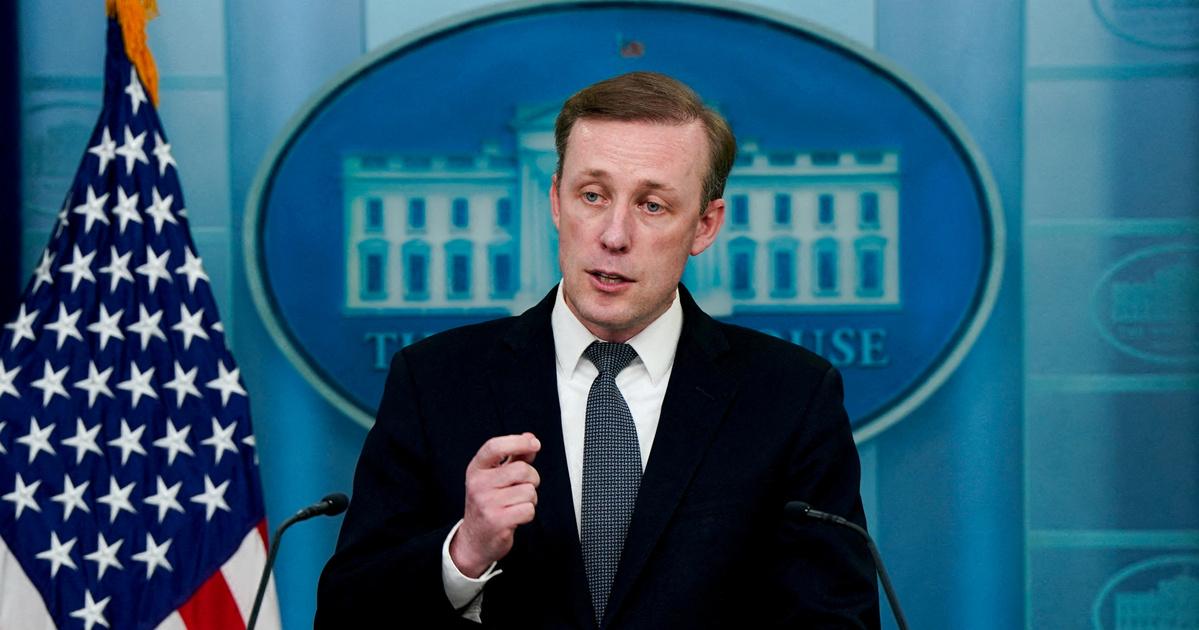
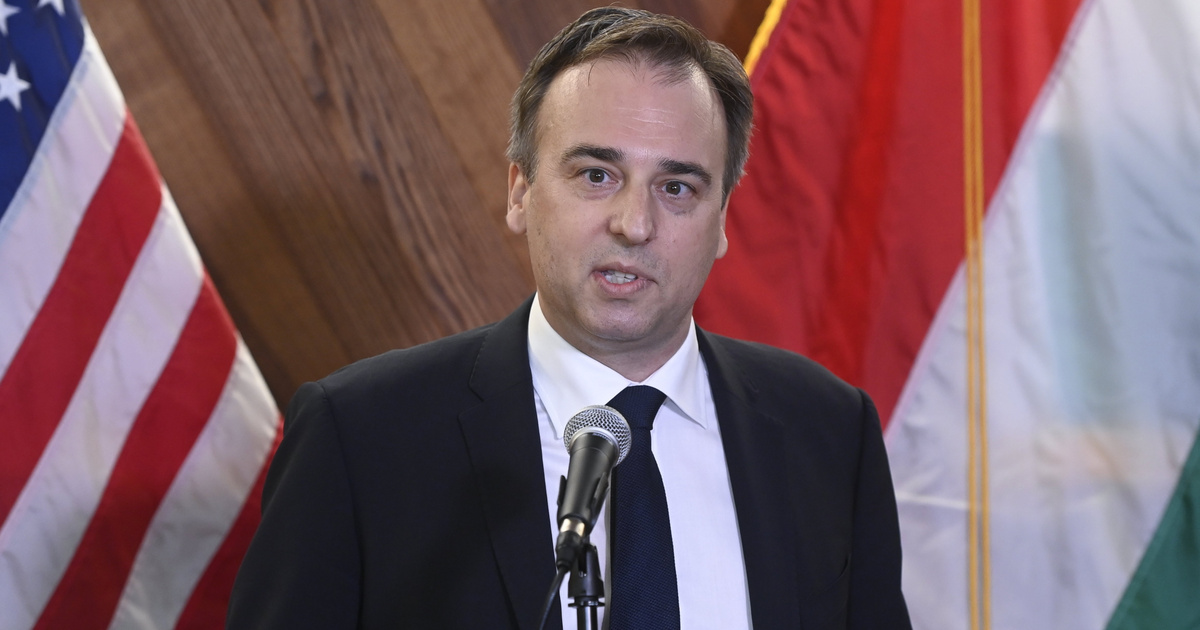
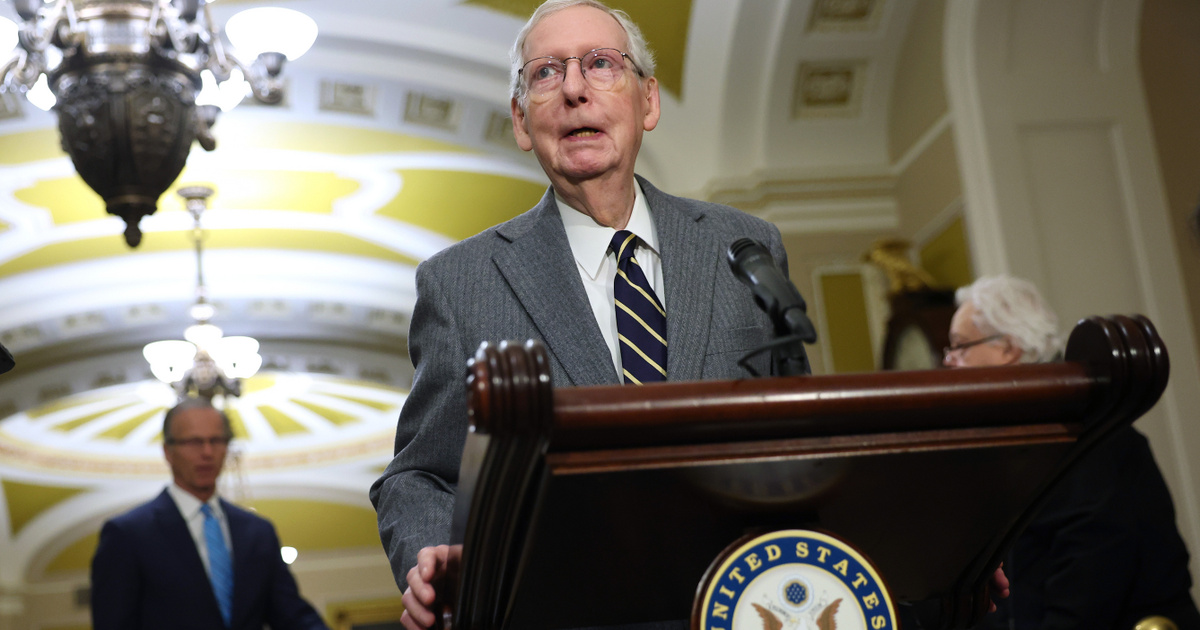
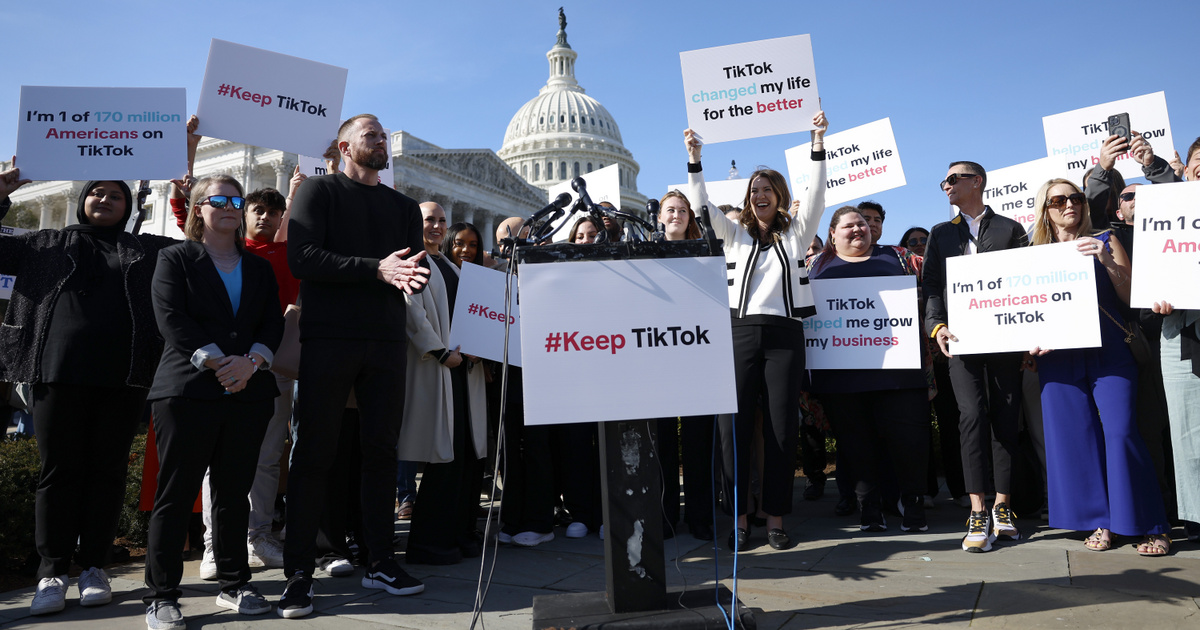
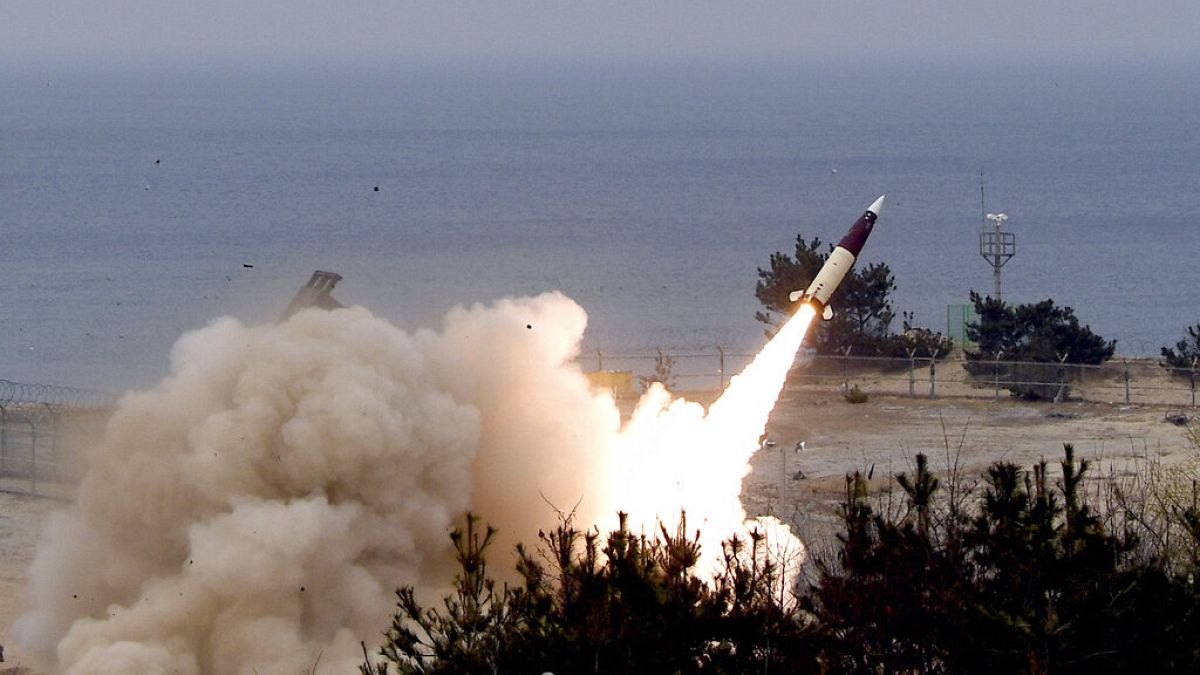
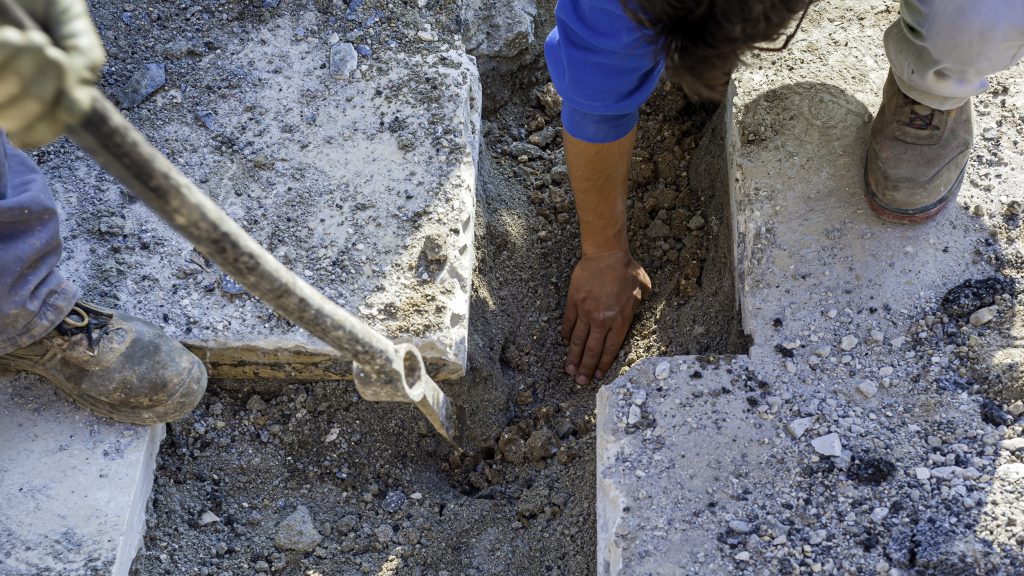
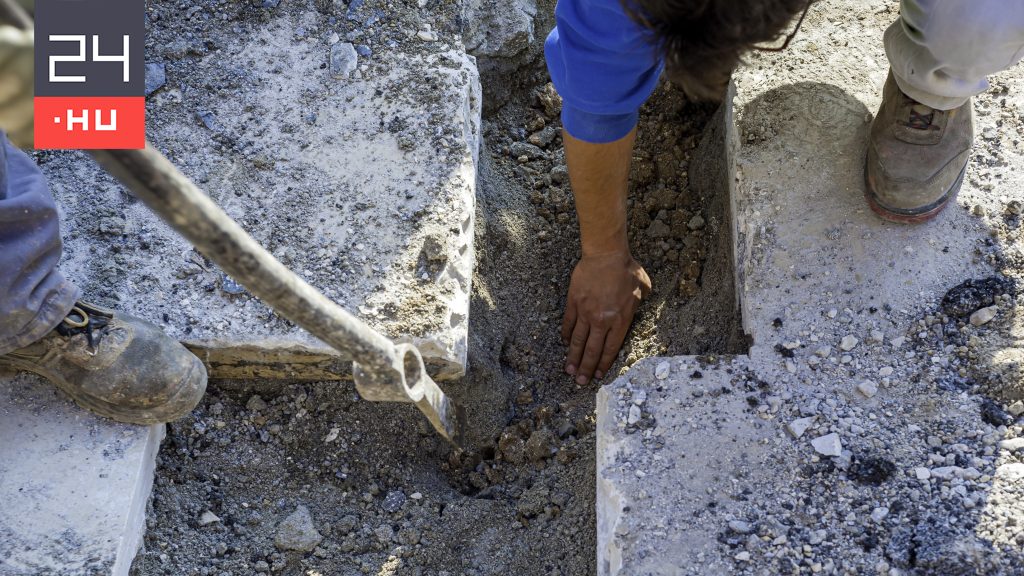














![Tom Clancy's The Division Heartland: Gameplay Leaked! [VIDEO]](https://thegeek.hu/wp-content/uploads/sites/2/2023/04/thegeek-Tom-Clancys-The-Division-Heartland-1.jpg)




















